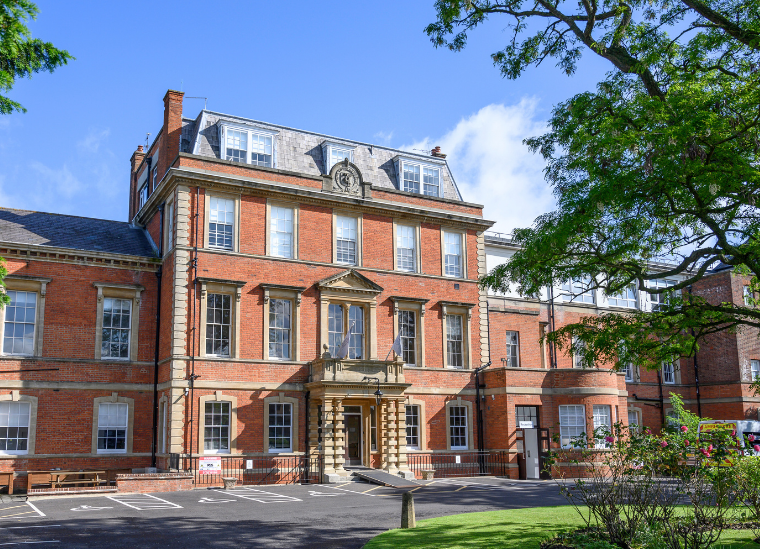Contents
Spinal Stenosis
Overview
Spinal stenosis occurs when the spaces within the spine narrow, placing pressure on the spinal cord or nerves. This condition can cause pain, weakness, numbness, and reduced mobility. Spinal stenosis is most common in the lower back (lumbar spine) and neck (cervical spine) and often develops gradually with age.
At Royal Buckinghamshire Hospital, we offer expert diagnosis, personalised treatment plans, and specialist rehabilitation to help individuals manage spinal stenosis and maintain mobility.
Causes of Spinal Stenosis
Spinal stenosis is most often the result of age-related changes in the spine, though other factors may also contribute:
- Degenerative arthritis (osteoarthritis)
- Disc herniation (slipped disc)
- Thickening of spinal ligaments
- Bone spurs (osteophytes)
- Spinal injuries or fractures
- Congenital spinal abnormalities
- Spinal tumours (rare)
Symptoms of Spinal Stenosis
The symptoms vary depending on the location and severity of the narrowing:
Lumbar (Lower Back) Stenosis:
- Lower back pain
- Pain, tingling, or numbness radiating to the legs
- Weakness in the legs or feet
- Difficulty walking or standing for long periods
- Relief when bending forward or sitting down
Cervical (Neck) Stenosis:
- Neck pain or stiffness
- Numbness, tingling, or weakness in the arms or hands
- Balance problems or difficulty walking
- In severe cases, bowel or bladder dysfunction
Diagnosis
Our spinal specialists use advanced diagnostic techniques to confirm spinal stenosis:
- Comprehensive medical assessment and physical examination
- MRI scans to visualise spinal cord and nerve compression
- CT scans or X-rays to assess bony changes
- Nerve conduction studies, if needed
Accurate diagnosis ensures the most effective treatment plan for your individual needs.
Treatment Options
Many people with spinal stenosis can manage symptoms through non-surgical treatments, including:
- Pain relief medications
- Anti-inflammatory therapy
- Physiotherapy to strengthen supporting muscles and improve posture
- Targeted steroid injections for nerve inflammation
- Activity modification and mobility aids
Surgical intervention may be recommended for severe or progressive cases, including:
- Laminectomy to relieve pressure on nerves
- Discectomy for associated disc herniation
- Spinal fusion, in cases of instability
Our experienced orthopaedic surgeons will discuss the most appropriate options based on your symptoms and overall health.
Why Choose Royal Buckinghamshire Hospital?
- Spinal specialists with expertise in complex conditions
- State-of-the-art diagnostic imaging on-site
- Personalised, consultant-led care
- Advanced surgical and non-surgical treatments
- Private patient facilities with minimal waiting times
- Comprehensive rehabilitation programmes

If you are experiencing symptoms of spinal stenosis, contact Royal Buckinghamshire Hospital for expert diagnosis and treatment to help relieve pain and restore mobility. There is no need to be registered with our The Royal Buckinghamshire Hospital, or live locally.
If you have insurance which covers consultations, we can in most cases invoice the insurer directly. Where you are paying directly any costs will always be discussed.
26 June 2025
